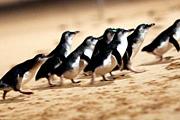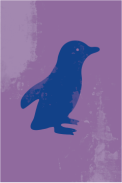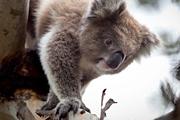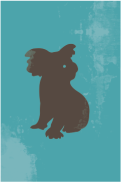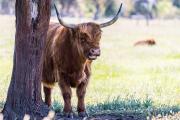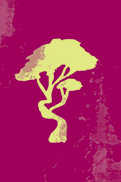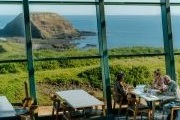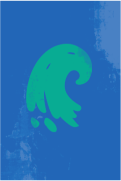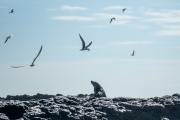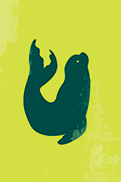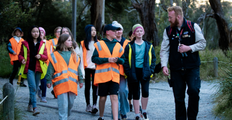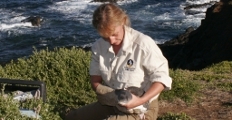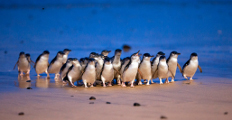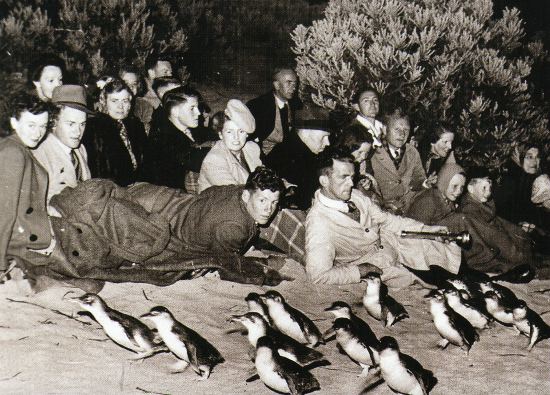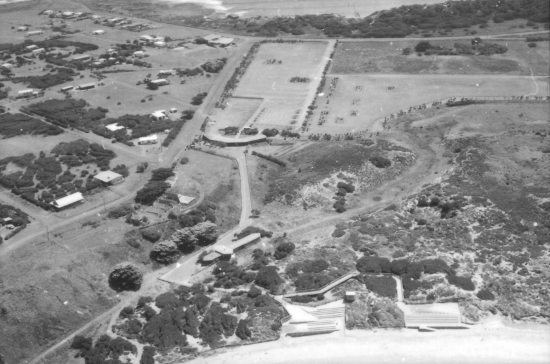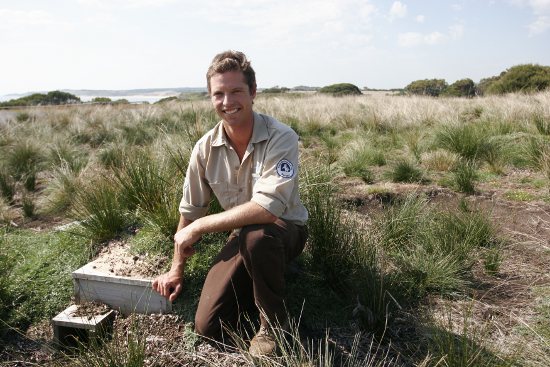We acknowledge the Traditional Owners of the land on which we live, work and learn, the Bunurong. We pay our respects to their Elders past and present.
Historical Timeline
| Thousands of years ago |
Aboriginal people travelled to the island to collect shellfish, fish, Short-tailed Shearwaters (muttonbirds), wallabies and ochre. |
| Late 1700s |
Europeans started to enter the area by boat to hunt seals. |
| 1798 |
George Bass entered and named the bay of Western Port and Seal Rocks. |
| 1842 |
The McHaffie brothers rented Phillip Island, clearing vegetation by using fire, and introducing stock to graze the land. In the 1880s, Patti Phelan became the first owner of the Summerland Peninsula. |
| 1920s |
Phillip Island residents Bern Denham, Bert West and Bert Watchorn began to take tourists by torchlight to see the little penguins’ nightly arrival on the beach on the Summerland Peninsula. The first access road was built in late 1927, a golf course was constructed and Summerland Peninsula was divided into 774 housing allotments. |
| 1924 |
State Government establishes Fauna Reserve at Swan Lake to protect the Short-tailed Shearwaters. |
| 1930s |
Four hectares of land on the Summerland Peninsula was given to the ‘people of Victoria’ by Spencer and Alexandrina Jackson for the protection of the Little Penguins. First bridge to Phillip Island built in 1939. |
| 1955 |
The then Department of Fisheries and Wildlife, after recognising the impact the Summerland Estate was having on Little Penguins, established a large reserve over the penguin colony. The Shire of Phillip Island in conjunction with the National Parks and Wildlife Service assumed responsibility, with Bert West as the manager. Fences and concrete viewing stands were erected to control the public view and access to the beaches and Little Penguin nightly viewing. |
| 1966 |
Seal Rocks declared a State Faunal Reserve. |
| 1968 |
Penguin Study Group established. |
| 1984 |
The Phillip Island Penguin Reserve Committee of Management was formed, including local Shire, tourism, scientific, conservation and Government representatives. This committee cared only for the Summerland Peninsula including the Penguin Parade, Swan Lake and the Nobbies. |
| 1985 |
The Penguin Protection Plan was announced to include scientific research, preparation of a management plan, fox control program and the buyback of the Summerland Peninsula. |
| 1988 |
The Penguin Parade building was upgraded to include a new visitor centre, displays, boardwalks and viewing platforms. |
| 1991 |
The Nature Parks is now responsible for the Koala Conservation Centre and the new Centre opens to the public. |
| 1996 |
The current Phillip Island Nature Parks was created incorporating lands previously managed by the Shire and Department of Conservation and Environment. The buyback and removal of the houses on the Summerland Peninsula continued. |
| 2010 |
The completion of the Summerland Estate buyback achieved. |
| 2011 |
Final houses and infrastructure were removed, with an ongoing program of revegetation and rehabilitation of the penguin habitat continuing. No penguins killed by foxes for the second year in a row. |





